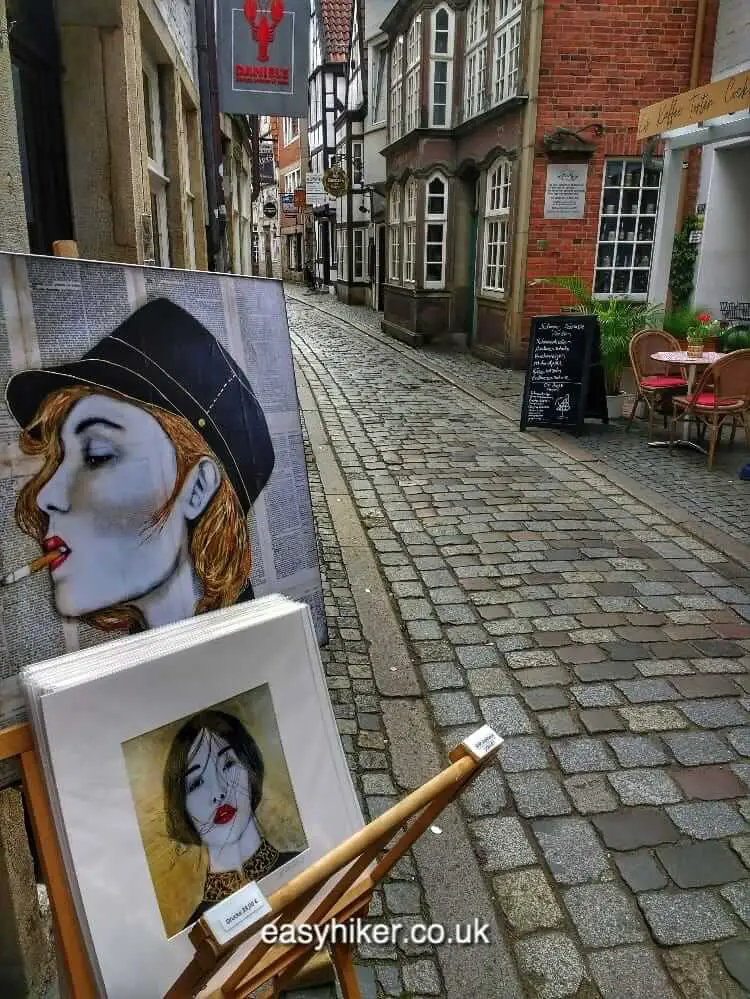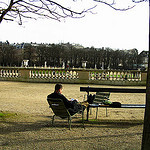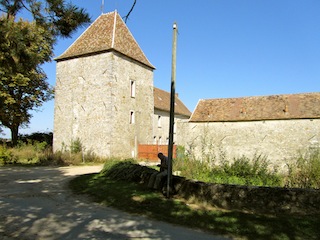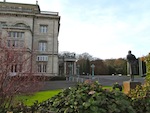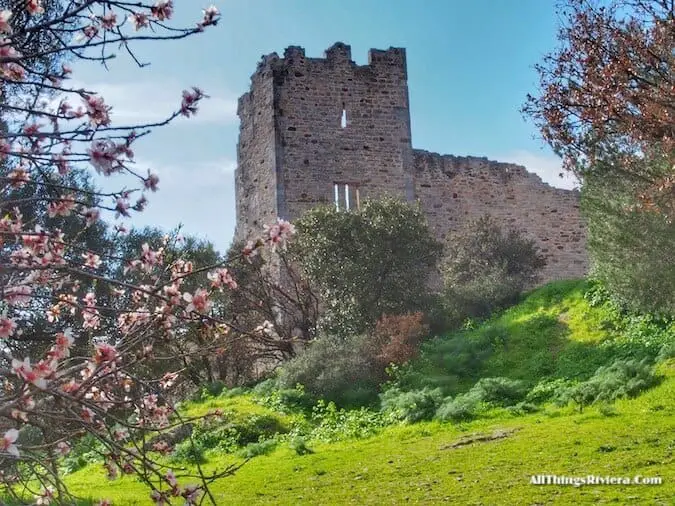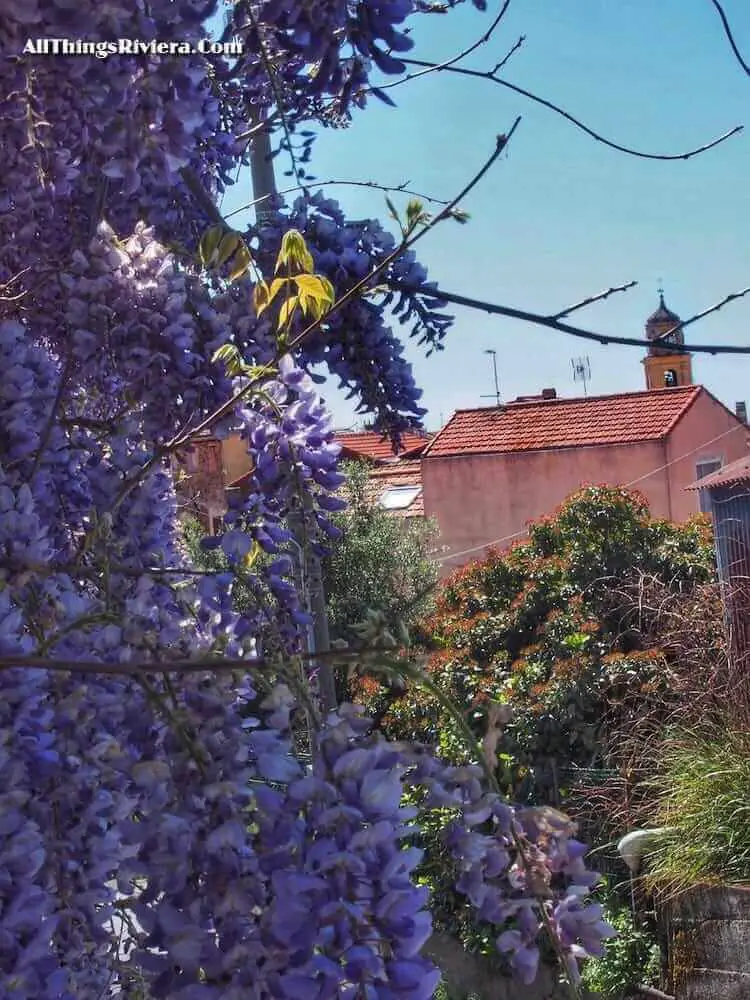The key difference between small cities and large cities resembles the difference between a single song and an album collection.
Nice in the south of France is an excellent example for the single: attractive and catchy, but essentially a play on one motive or melody.
Paris, conversely, unites a wide range of different themes: luxurious richness and the harshness of poverty, bohemian levity and grim functionality, the carefully constructed balance of the classical style as well as aggressive attempts of subverting and upsetting this very balance.
Cities need to be have a certain size to contain such multitudes, but while some, which are large enough to qualify, never make the leap (and not all of them are located in North America), the threshold is low enough – perhaps no more than 500,000 inhabitants – for relatively small places to meet the requirements.
Places such as Vienna, for example. Foreign visitors rarely go much beyond the city’s First Bezirk, but there is much to discover in the municipal districts beyond. Like in busy and urbane Mariahilf, in Leopoldstadt which is bathed in the discrete charm of the grande bourgeoisie, or in slightly eccentric Spittelberg with its Biedermeier doll houses. Even Simmering and Favoriten have their (grungy) charms.
The Viennese themselves, meanwhile, do not primarily think of their city in terms of the various municipal districts. Their central concept is the grätzl, a word that only exists in the local dialect and that can be best translated as a neighbourhood: the smallest unit where you find can everything, a favourite café, a few good restaurants, places to do your every-day shopping.
The Serviten quarter in the 9th Bezirk (also called Alsergrund) is one of the most interesting Viennese Graetzels and certainly one of the most popular.
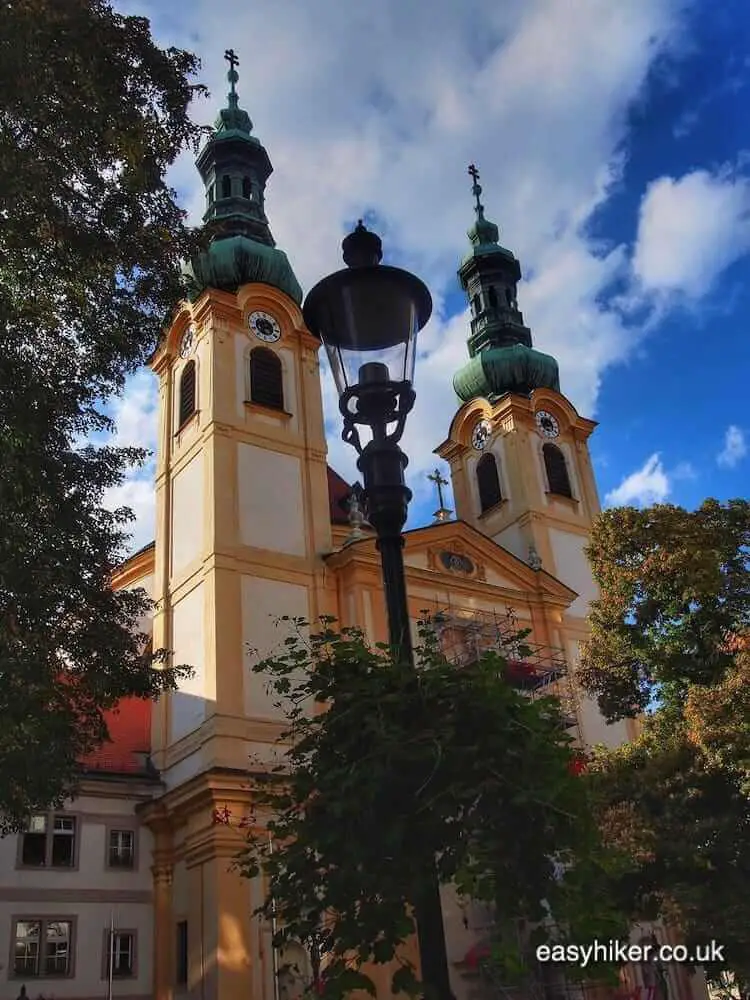
Many of the interesting city quarters all around the world were once inhabited by members of the working class and have recently been gentrified.
Take a leisurely walk in one of the most interesting Viennese Graetzels
Serviten, conversely, has always been solidly middle class. The Wasagasse Grammar School at the entrance of the quarter (approaching from the subway station of Schottentor) gives you a good feel for the quarter you are about to visit.
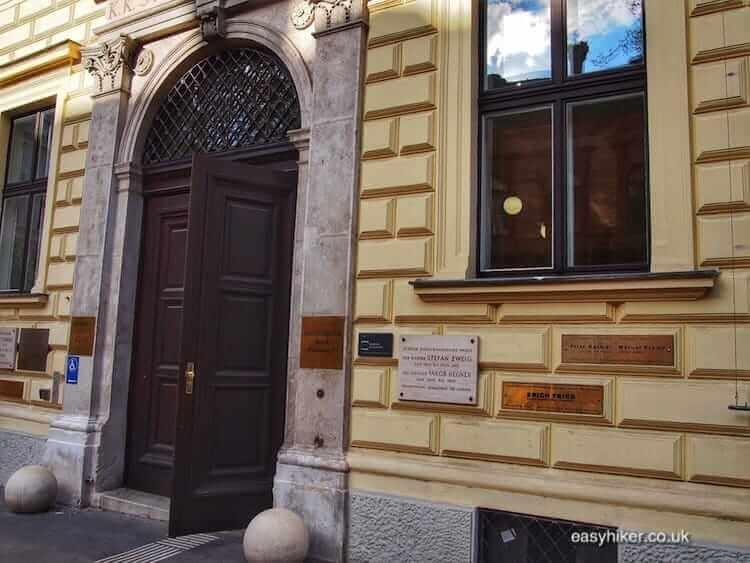
Near the entrance gate, you find a roll call of prominent former pupils: the mild-mannered humorist Friedrich Torberg, the angry poet Erich Fried, the opera critic Marcel Prawy, Stefan Zweig (“Chess Story”), Felix Salten (the original author of Walt Disney’s “Bambi“).
All are intellectuals, all the sons of lawyers, doctors and successful businessmen. Incidentally, they were also all Jewish, as were the two most famous inhabitants of the quarter (more of whom later).
In fact, the Wasagasse Gymnasium was so Jewish – before 1938, Jewish pupils accounted for between 50 and 70 percent of the headcount – that the Nazis closed it down rather than trying to “aryanize“ it. The Nazis then used the building for their local party HQ, and after WWII, it became the head office of Austria’s Communist Party. It was only reopened as a school in 1953.
Now turn right into Berggasse. This is where the two most famous people of Serviten lived: Theodor Herzl, author of “The Jewish State“ and generally acknowledged as the spiritual father of Zionism, on no. 6 (do not look for a plaque: there is none) …
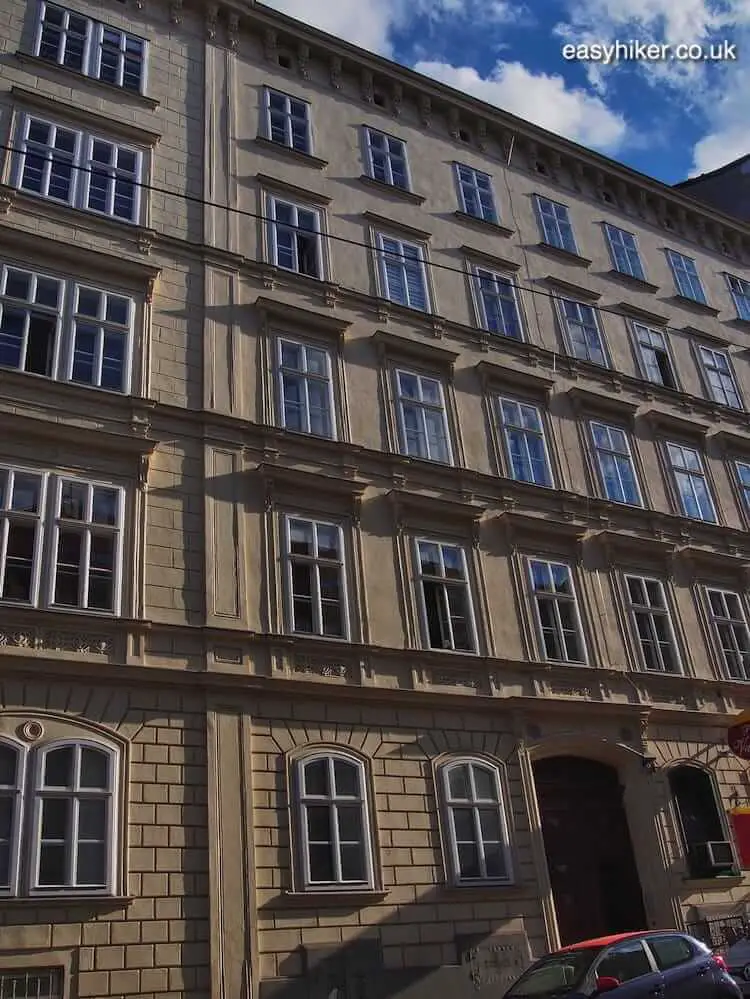
… and Sigmund Freud, more or less directly across the road, at no. 19.
This is the building where Freud lived for most of his career (from 1891 to 1938). It is now a museum.
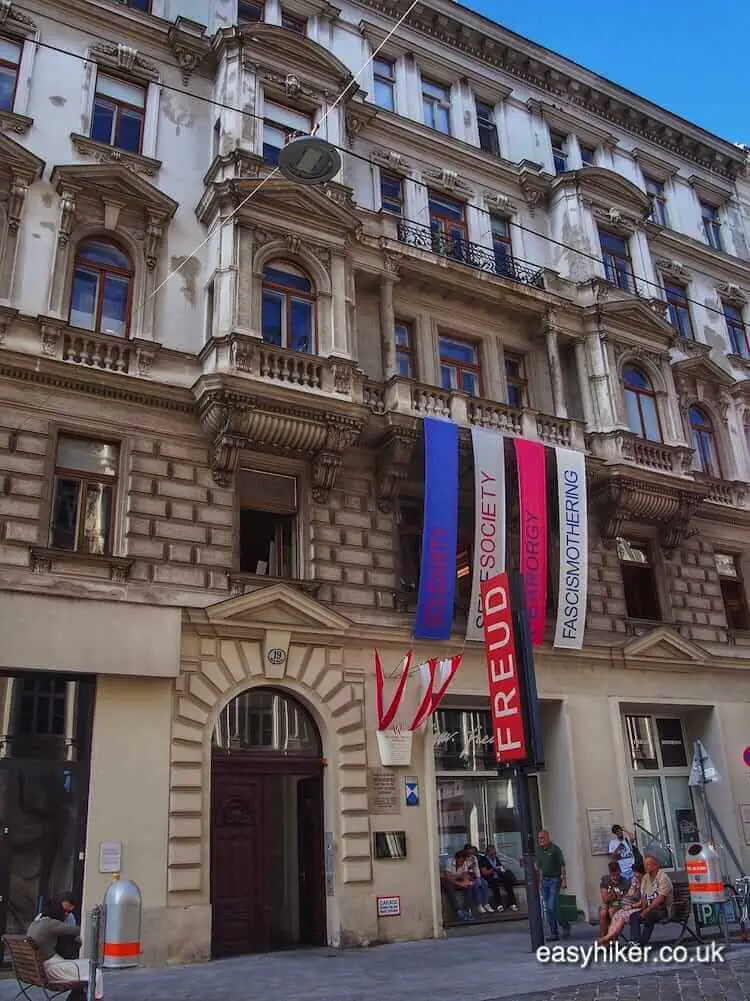
To reprise last week’s theme: did those two ever meet? The answer, although hard to believe, appears to be no, although Freud and Herzl certainly were aware of each others’ presence.
In The Interpretation of Dreams, Freud relates a dream of his own that was triggered by a play he had seen shortly before (on opening night), Herzl’s The New Ghetto.
After the publication of the book, Freud sent a copy to Herzl, suggesting it for a review in the Neue Freie Presse where Herzl served as the literary editor. Intelligent articles and entire books have been written on the relationship between the two men, focusing mainly on Freud’s indifference – real or feigned – to Zionism.
Ultimately, some of these publications appear to suggest, this “indifference” masked Freud’s obsession with plans of leading the Jewish people into a Promised Land of rationalism and cultural assimilation – a Moses complex, one might say. Seen in this light, Herzl could never be anything else but a bitter rival.
From the Freud Museum, continue straight across Porzellangasse into Servitengasse for the church and the centre of the quarter.
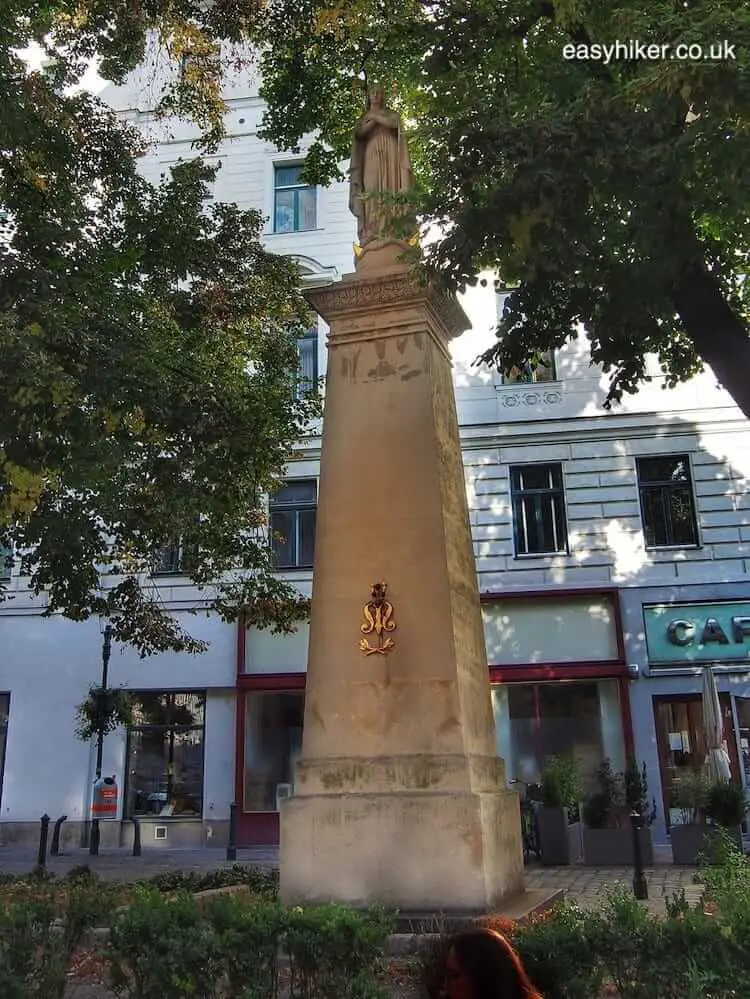
This is where you find a touching memorial of the quarter’s Jewish past: name-tagged keys which once opened the doors to Jewish homes in the quarter are displayed under a sheet of glass.
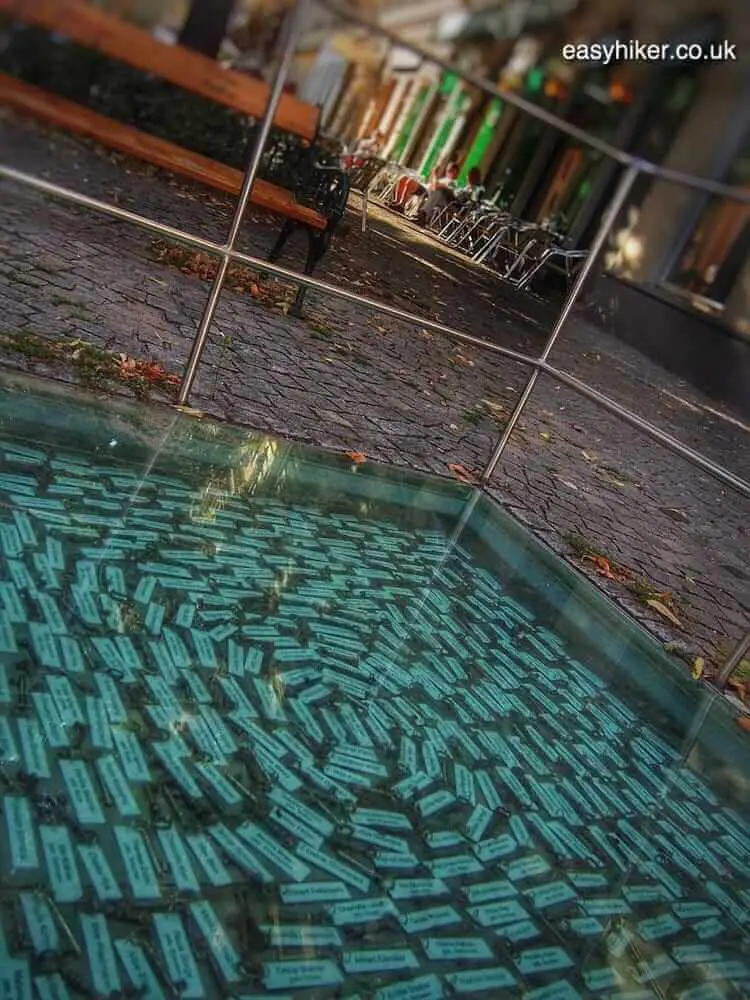
In order to get the best out of the Serviten quarter, we would recommend not to follow a fixed itinerary or route but to stroll leisurely from street to street.
This is the prefect way to discover the charms of Serviten, which include artisan shops that you would no longer expect to find in such a central and trendy quarter, everything from carpentry shops to dog coiffeurs.
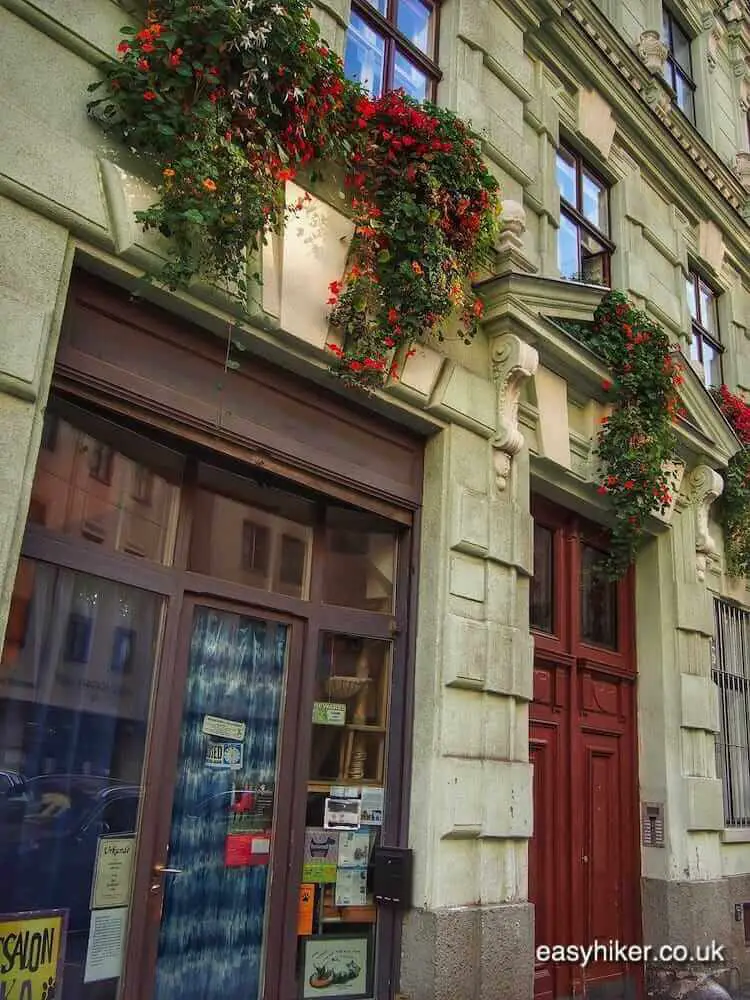
Serviten is definitely not just there for the tourists. Visitors are welcome as long as they don’t bother the locals too much and let them go about their daily business.
There are only two sites that we would recommend for inclusion in your itinerary through one of the most interesting Viennese Graetzels: one is the Strudlhofstiege that connects Strudlhofgasse at the bottom of a small hill with Pasteurgasse one level above.
This stairway is one of the most famous Art Nouveau structures in a city which is not short of them.
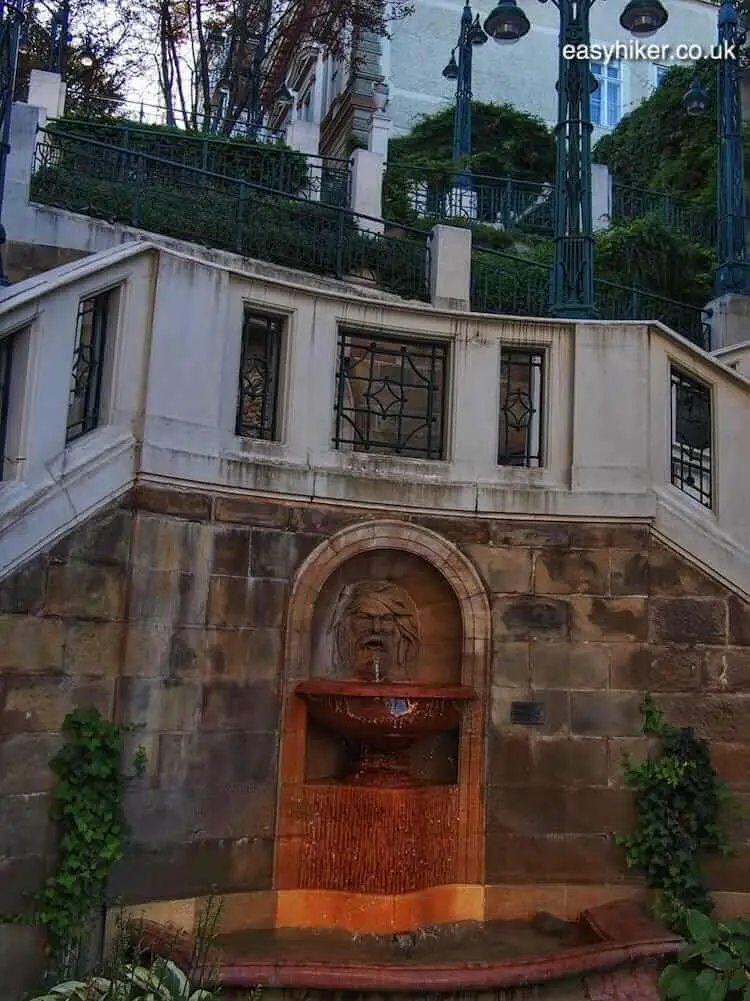
The other recommended site is the Garden Palais Liechtenstein just around the corner from Strudlhofstiege, a former residence for one member of Europe’s dwindling band of ruling aristocratic families.
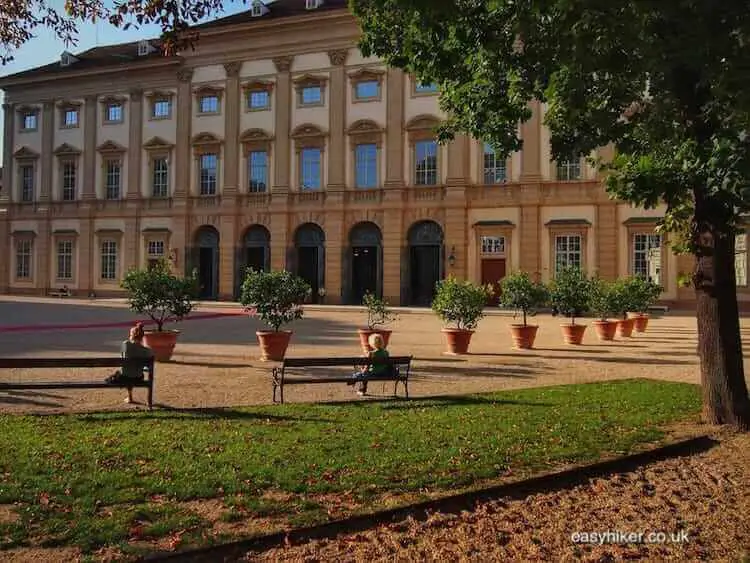
In the Habsburg Empire, the Liechtenstein family was one of the richest and most powerful forces in the country.
It is ironic that the name of the family is today mainly known through the name of the microstate between Austria and Switzerland, since this territory was acquired by the Liechtensteins for the sole purpose of meeting the ancient requirements for a seat in the Austrian Parliament of Nobles.
Only nobles with land of their own could vote in the Imperial Diet, so the Liechtensteins purchased the Alpine principality – and then did not even set foot in it for a full 100 years.
The Garden Palais is now a museum but only open on appointment, while the surrounding park can be visited freely.
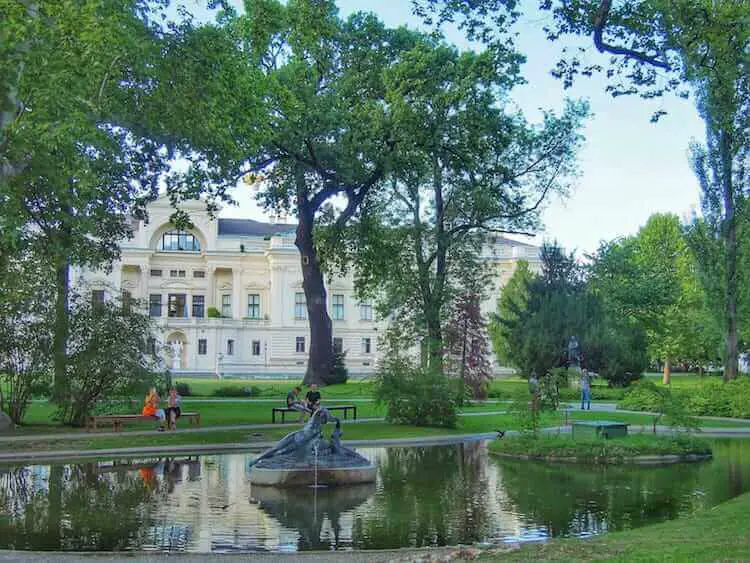
Severiten is also a great place for restaurants. There are, in fact, too many to mention them all, but we ate well at Stomach, a former butcher’s shop near Rossauer Lände subway station. A meal on the outside terrace in the back is a great way of rounding off your visit.

